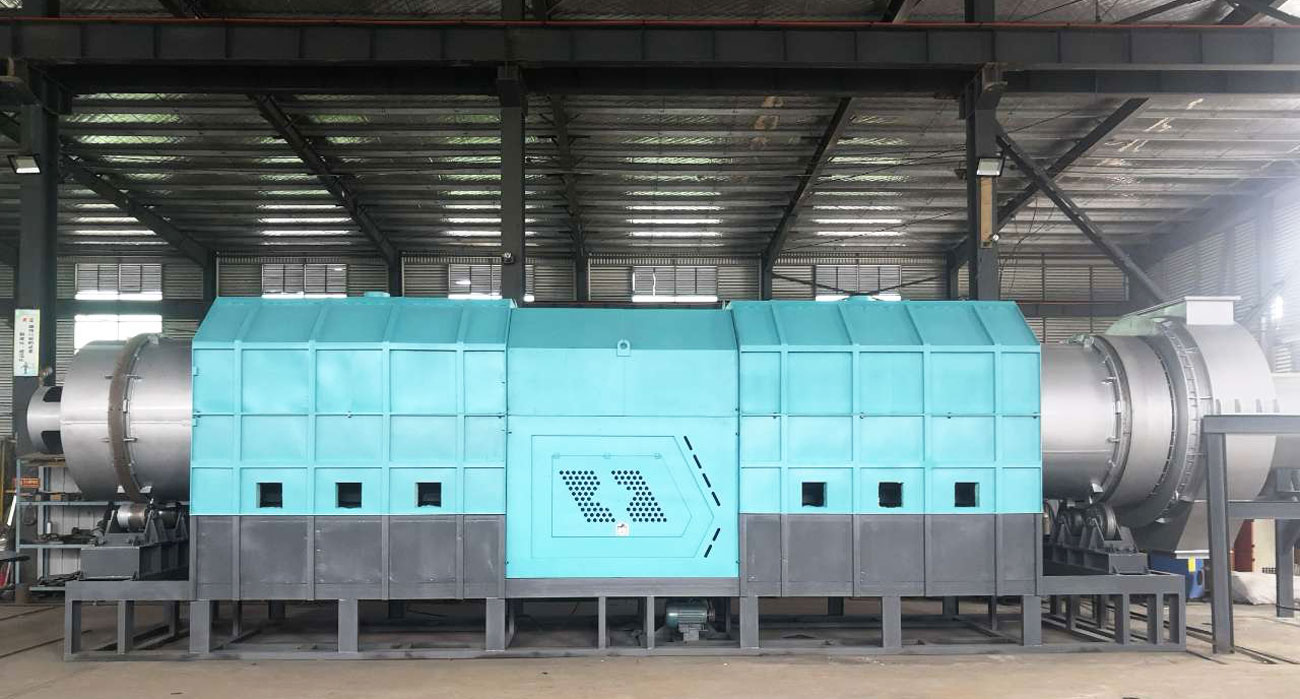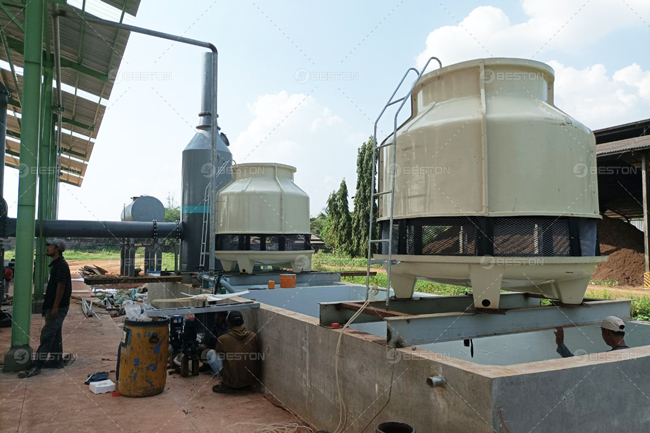In a world grappling with the consequences of excessive carbon emissions, carbonization machines emerge as a beacon of hope. Exploring the technology behind carbonization machine, understanding their role in mitigating carbon emissions, and unveiling their potential to revolutionize our approach to environmental sustainability.

Chapter 1: Carbonization Machine Basics
To embark on this journey, it’s crucial to comprehend the fundamentals of carbonization machines. In this chapter, we’ll delve into the concept of carbonization, how the process works, and the different types of carbonization machines available.
Chapter 2: Carbonization and Carbon Emissions
Carbon emissions are a global concern, and this chapter aims to provide a comprehensive overview of the sources of carbon emissions, their impact on climate change, and the urgency of reducing them.
Chapter 3: The Carbonization Process
Let’s demystify how biochar reactor for sale work. This chapter will cover the entire carbonization process, from feedstock preparation to the transformation into valuable end products like biochar.
Chapter 4: Types of Carbonization Machines
Carbonization machines come in various forms, each with its unique advantages and applications. We’ll explore batch, continuous, and rotary drum carbonization machines, discussing their mechanisms and specific uses.
Chapter 5: Carbonization and Waste Management
The link between carbonization and waste management is a crucial one. We’ll discuss how carbonization machines can efficiently convert various organic materials, including agricultural and forestry waste, into useful products while reducing waste.
Chapter 6: Carbonization and Biomass Utilization
Biomass is a significant contributor to carbon emissions. Here, we’ll uncover how carbonization machines can turn biomass into biochar and bio-oil, thus reducing the carbon footprint.
Chapter 7: Carbonization and Environmental Benefits
Carbonization isn’t just about emission reduction; it offers numerous environmental benefits, including soil improvement, forest conservation, and air quality enhancement. We’ll delve into these advantages.

Chapter 8: Carbonization and Economic Viability
Investing in carbonization machines can be economically viable. We’ll explore the financial aspects of carbonization, including costs, returns, and potential revenue streams.
Chapter 9: Case Studies in Carbonization
Real-world examples provide valuable insights. In this chapter, we’ll present case studies of successful carbonization projects and discuss their impact on carbon emission reduction and sustainable development.
Chapter 10: The Future of Carbonization
Carbonization technology continues to evolve, and its role in carbon emissions reduction is expected to grow. This chapter discusses the future of carbonization, including technological advancements, policy developments, and its potential in a circular economy.
Conclusion: Carbonization for a Greener Future
In conclusion, biochar equipment are more than just technological marvels; they are catalysts for a greener, more sustainable future. As the urgency to reduce carbon emissions intensifies, carbonization technology stands as a versatile and effective solution. By investing in carbonization, individuals, industries, and governments can actively contribute to mitigating climate change and preserving the planet for future generations. Carbonization isn’t just a technology; it’s a promise of a cleaner, healthier, and more prosperous world.